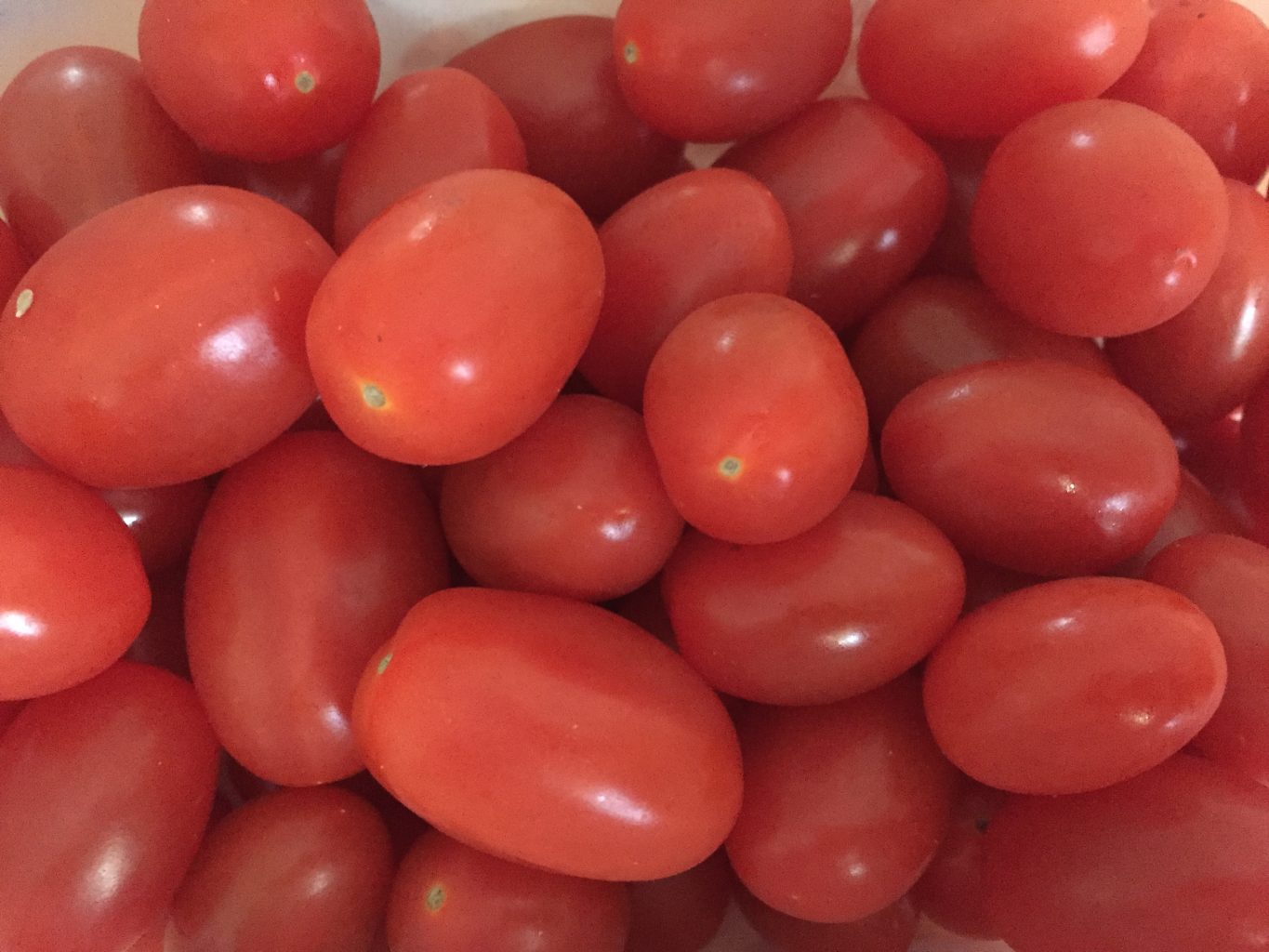Tomatoes are one of the most rewarding crops to grow in the UK, providing fresh, delicious fruits that are perfect for salads, sauces, and more. While the UK’s climate can present challenges, with proper care and planning, you can enjoy a bountiful harvest. Here’s a step-by-step guide to growing tomatoes successfully in the UK.
1. Choosing the Right Tomato Variety
The UK’s temperate climate means some tomato varieties perform better than others. Consider these options:
- Outdoor Varieties: Choose hardy types like ‘Gardeners’ Delight’, ‘Alicante’, or ‘Moneymaker’ for outdoor growing.
- Greenhouse Varieties: For indoor growing, opt for ‘Sungold’, ‘Shirley’, or ‘Black Krim’.
- Cherry Tomatoes: Smaller varieties like ‘Sweet Million’ are prolific and perfect for beginners.
2. Starting from Seed or Buying Young Plants
- Starting from Seed: Sow seeds indoors in late February to early April. Use seed trays filled with quality seed compost. Keep trays in a warm place, ideally between 18-21°C.
- Buying Young Plants: For an easier start, purchase young tomato plants from garden centres in late spring.
3. Month-by-Month Guide to Growing Tomatoes
February – March
- Sow seeds indoors in seed trays or small pots.
- Place them in a warm, bright spot like a windowsill or propagator.
April
- Transplant seedlings into larger pots once they develop two sets of true leaves.
- Begin hardening off greenhouse varieties if the weather permits.
May
- Harden off outdoor varieties by placing them outside during the day and bringing them in at night for 1-2 weeks.
- Plant greenhouse tomatoes in their final positions.
- Plant outdoor tomatoes after the last frost, typically late May.
June
- Continue planting outdoor varieties if needed.
- Add supports like canes or cages as plants grow taller.
- Start pinching out side shoots for cordon (indeterminate) varieties.
July – August
- Regularly feed plants with a high-potassium tomato feed once flowers appear.
- Keep watering consistently to avoid issues like blossom end rot.
- Harvest ripe tomatoes as they develop their full colour.
September – October
- Harvest any remaining fruits before the first frost.
- Green tomatoes can ripen indoors on a sunny windowsill.

4. Preparing the Growing Area
Tomatoes thrive in well-drained, nutrient-rich soil with plenty of sun. Whether growing in a greenhouse, raised beds, or pots, ensure the following:
- Soil Preparation: Enrich soil with well-rotted compost or manure. Check pH levels and aim for slightly acidic to neutral soil (pH 6.0-7.0).
- Location: Choose a sunny, sheltered spot for outdoor tomatoes. Greenhouses provide ideal controlled conditions.
5. Planting Tomatoes

- Timing: Plant outdoors after the last frost, usually in late May or early June. Greenhouse planting can start earlier, in April or May.
- Spacing: Allow 45-60 cm between plants and 75-90 cm between rows. For pots, use containers at least 30 cm deep.
- Planting Depth: Bury the plant deeper than it was in the pot to encourage strong root growth.
6. Pinching Out and Pruning
- Cordon Varieties: Regularly pinch out side shoots that grow in the leaf axils (the space between the stem and a leaf). This focuses the plant’s energy on producing fruit instead of foliage.
- Bush Varieties: These do not require pinching out as they naturally stop growing when they reach their final size.
- Topping: Later in the season (August), pinch out the growing tip of cordon varieties to concentrate energy on ripening existing fruit.
7. Caring for Tomato Plants

Tomatoes require regular care to thrive. Follow these tips:
- Watering: Keep soil consistently moist but not waterlogged. Water deeply at the base to avoid splashing leaves, which can spread disease.
- Feeding: Once flowers appear, feed weekly with a high-potassium tomato feed.
- Support: Use stakes, cages, or strings to support plants as they grow.
- Pruning: For cordon (indeterminate) varieties, remove side shoots to focus energy on fruit production. Bush (determinate) varieties need minimal pruning.
8. Pest and Disease Management
Common challenges when growing tomatoes include:
- Pests: Watch for aphids, whiteflies, and slugs. Use organic sprays or introduce beneficial insects like ladybirds.
- Diseases: Prevent blight by providing good air circulation and avoiding overhead watering. Use resistant varieties if blight is common in your area.
9. Harvesting Your Tomatoes

- When to Harvest: Pick tomatoes when they are fully ripe and have developed their full colour. This can vary depending on the variety.
- Ripening Indoors: If frost threatens, pick unripe tomatoes and allow them to ripen on a windowsill.
10. Extending the Growing Season
- Greenhouses and Polytunnels: These can extend the growing season by protecting plants from cooler temperatures.
- Frost Protection: Use cloches or fleece to protect plants during unexpected cold spells.
Conclusion
Growing tomatoes in the UK requires a bit of planning and care, but the rewards are well worth the effort. By selecting the right varieties, providing proper support and nutrition, and managing pests and diseases, you can enjoy a delicious harvest of homegrown tomatoes. Whether you’re a seasoned gardener or just starting out, tomatoes are a fantastic addition to any garden. Happy growing!




